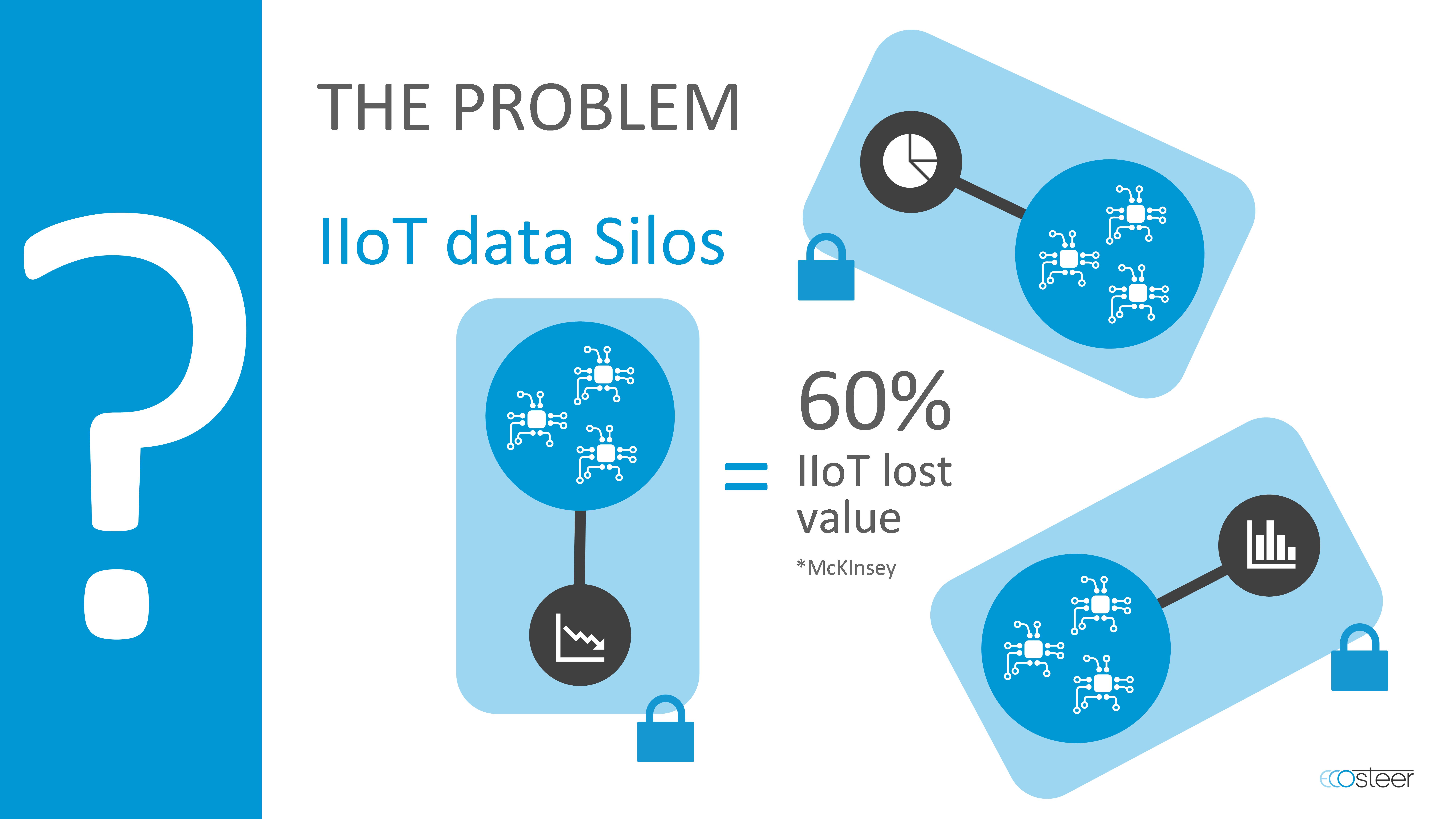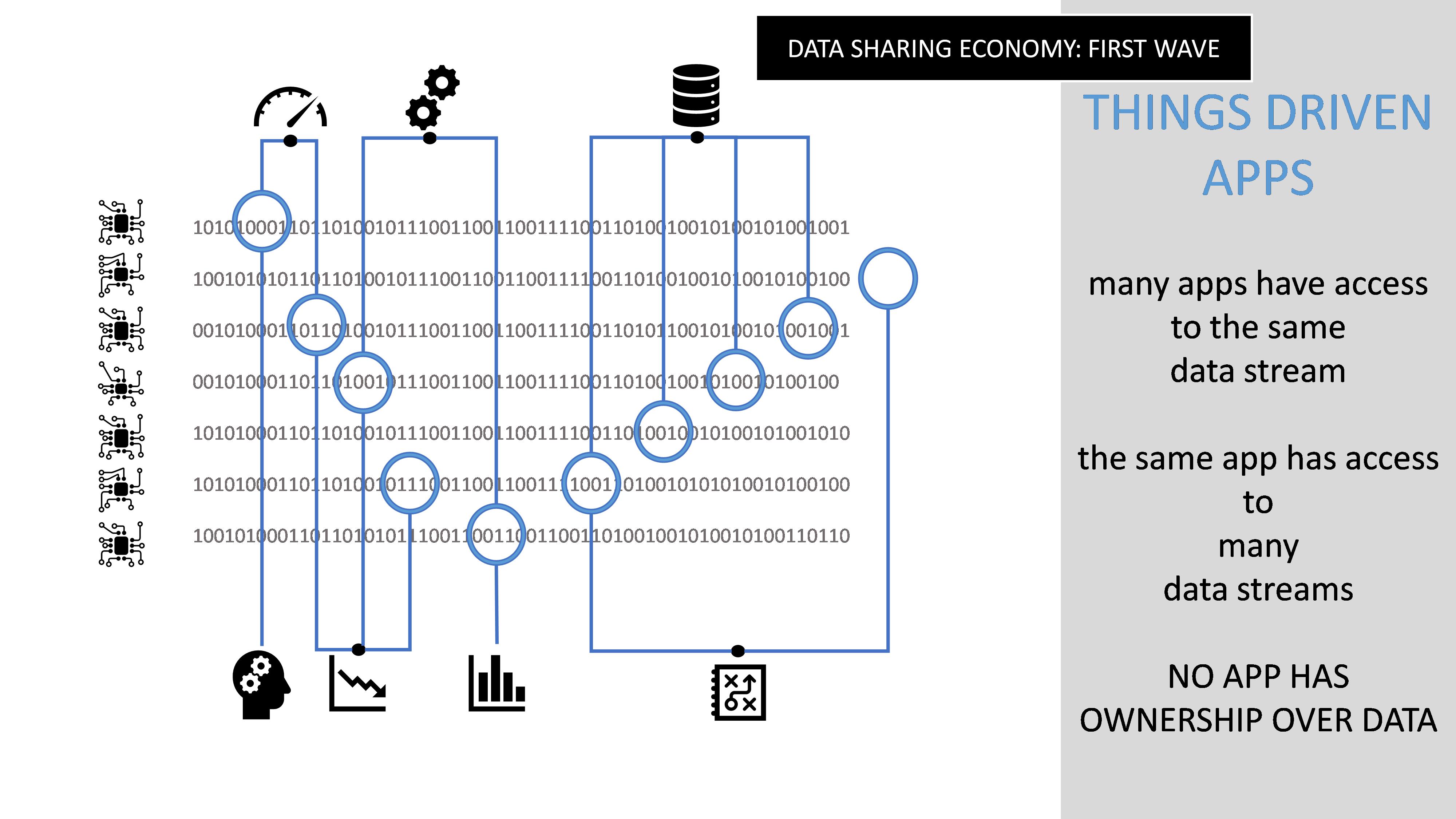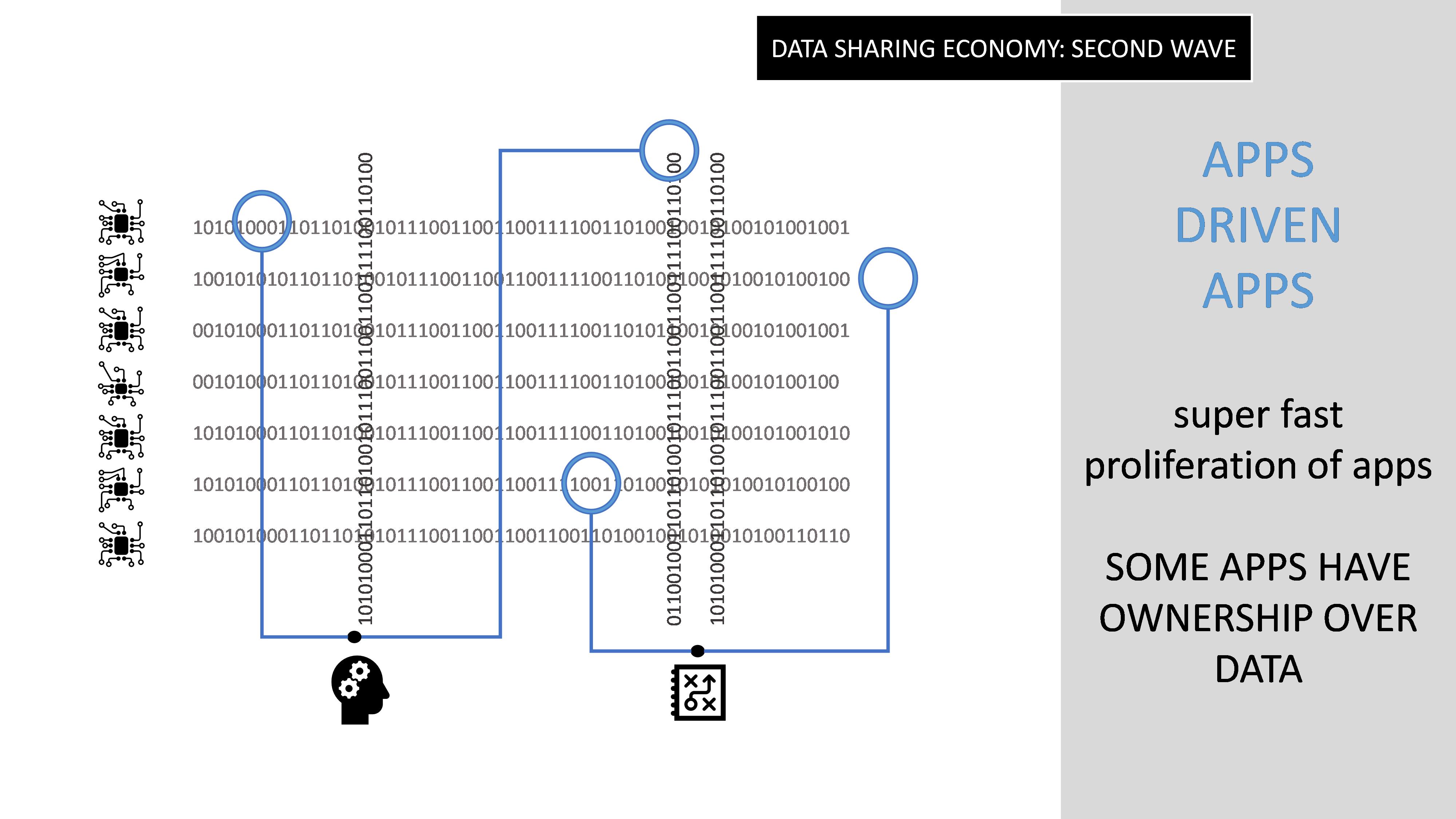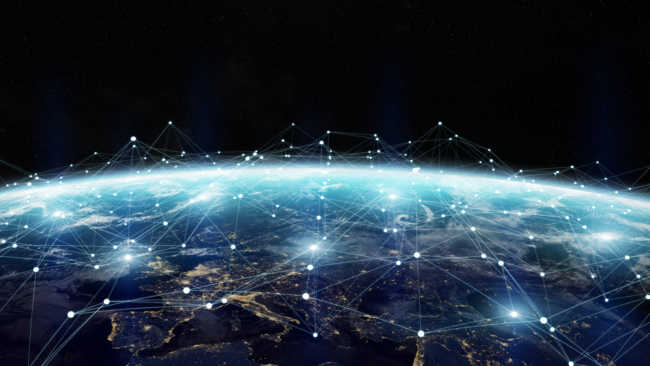Industrial IoT and the (Data) Sharing Economy
Where is the real money in IIoT?
Industrial IoT (IIoT) is a huge business opportunity. According to IndustryARC research (June 2016), the IIoT market is estimated to reach $123.89 Billion by 2021 at a high CAGR. According to Accenture, the impact of IIoT on global GDP will be $14.3 Trillion by 2030.
Up to 60% of this value is in the transformational opportunities offered by IIoT to create new collaborative business models, involving all value chain stakeholders, and in developing new revenue streams.
However, the core focus of most Industrial Internet of Things deployments and of the majority of organizations is still on operational efficiency, along with cost optimization. Or, as IDC described it, efficiency optimization and linking islands of automation are still key IIoT drivers. The initial purpose of IIoT projects typically is to automate, save costs and optimize, mostly in siloed and ad hoc ways.
But to achieve the full potential of IIoT a more holistic approach is needed, and a few forward looking organizations are now beginning to shift their focus towards leveraging IIoT to deliver competitive customer services and to develop new sources of data-driven revenues, building ecosystems of value and ecosystem-wide digital transformation goals.
The Data Interoperability issue
In addition to strategic issues, organizations are experiencing technical obstacles to full scale IIoT implementation. According to a 2016 IDC research, data integration is the number one barrier to IIoT adoption1 and, according to McKinsey, lack of data interoperability is locking up to 60% of IIoT potential value. It’s the eternal challenge of moving from data to business value, which becomes especially clear in the IIoT context. However, data, and more specifically insights and knowledge in ecosystems of data sharing, are where the future revenue opportunities reside.

But why is data interoperability still an issue?
The current IIoT projects landscape is dominated by vertical, closed applications, often still based on client-server architectures – a heritage of traditional industrial automation, focused on individual machines and on single sites. In many ways, even the concept of ‘Fog’ Computing can be seen an evolutionary improvement of traditional SCADA applications, as I discussed in a previous article on IIoT World.
The importance of the ‘Internet’ in the Industrial Internet of Things is often overlooked, but that’s where IIoT value really lies: having real time data from a multiplicity of devices, assets, sites and infrastructures, and being able to use this data for a multiplicity of business objectives.
A new market trend is emerging to support this vision: blockchain enabled Data Streams Marketplaces, where data streams producers can share and sell their data products.
This new approach goes well beyond traditional system integration, which is based on the assumption that applications will always create data silos that will later have to be broken. We can finally avoid the creation of data silos, sharing the same real time device data with any kind and number of selected applications and stakeholders.
Data Streams Tokenization
The availability of data streams coming from a multitude of assets, together with broker centric, collaborative architectures such as Data Streams Marketplaces, can enable new business models, based on data sharing – or selling – among value chain stakeholders. These ‘ecosystems of value’ will deliver new customer services and will provide incremental benefits to all their participants.

The examples are innumerable: food cold chain stakeholders sharing real time fridges energy and temperature data streams for predictive systems maintenance, HACCP compliance and increased consumer satisfaction; retailers selling real time data streams from POS barcode readers to their suppliers; public transports acting as moving environmental stations and selling data to citizens and institutions; companies selling their real time energy usage data streams to EsCos and utilities to get improved services and reduced costs; city garages owners selling their parking availability data etc.
Taking a broader view, every asset in a city – buses, taxis, parking, road lights, buildings, renewable energy sources – could become a data streams producer, and these data streams could be sold to application developers, who would in turn sell their applications, who could in turn generate data streams that could be sold – in a virtuous circle that would lay the foundations for a new Data Sharing Economy.

Be future-proof
Broker centric architectures are the foundation for future proof IIoT projects, but they also work well even if all you need right now is just to integrate different automation systems.
So, when designing your next IIoT project, focus on your present need for efficiency, but plan for the future opportunities created by the Data Sharing Economy.
 This article was written by Elena Pasquali, the CEO of EcoSteer, an IIoT software company with offices in Italy and the US. EcoSteer key software product, the EcoFeeder, converts any kind & number of sensors and industrial devices into real-time data streams instantly accessible to multiple applications.
This article was written by Elena Pasquali, the CEO of EcoSteer, an IIoT software company with offices in Italy and the US. EcoSteer key software product, the EcoFeeder, converts any kind & number of sensors and industrial devices into real-time data streams instantly accessible to multiple applications.



